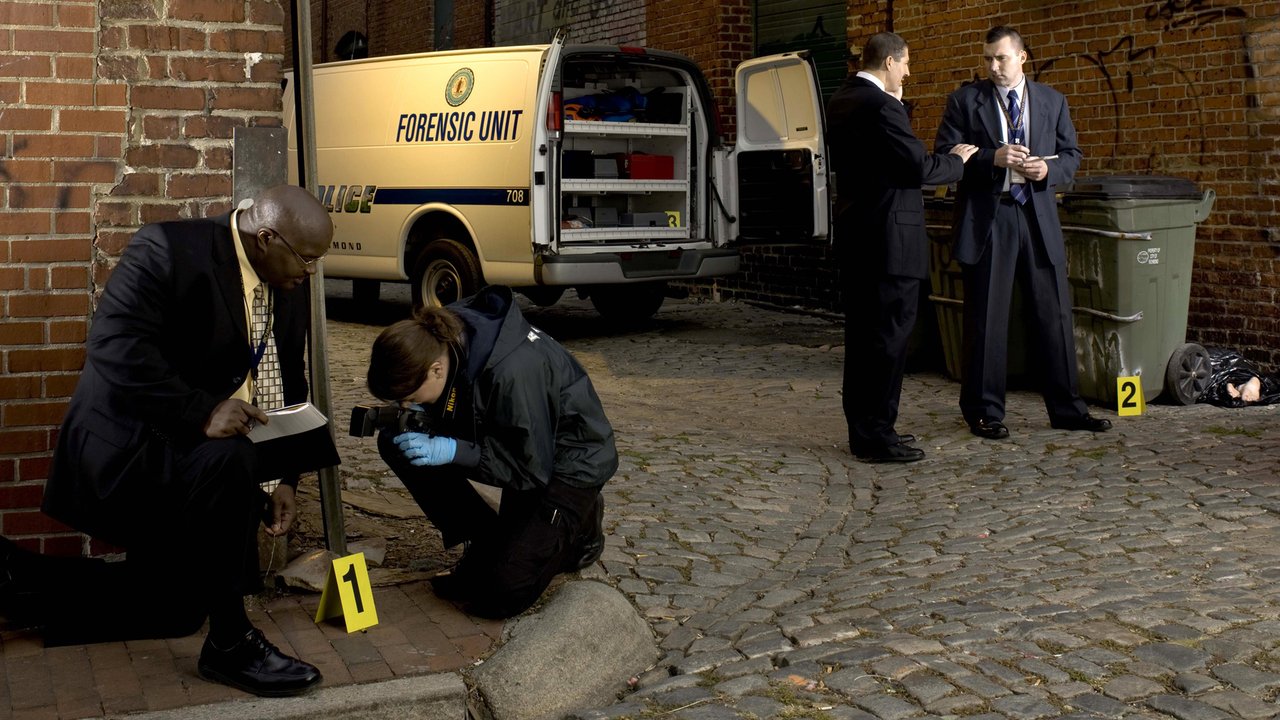Hit-and-Run Cases: What You Need to Know
If you’ve ever been in a hit-and-run, you probably felt shocked, angry, and clueless about the next move. You’re not alone – many Indians face this messy situation on busy roads. The good news is that you can take clear steps to protect yourself, report the crime, and push for justice. Below are the most practical actions you can start right away.
How to Report a Hit-and-Run
The first thing to do is call the police. Dial 100 and give them the exact location, time, and any details you remember: car color, make, registration number, and driver description. Even if you only caught a glimpse of the number plate, write it down. If you have a smartphone, take photos of the scene, any damage, and nearby landmarks. These photos become solid evidence later on.
After the police arrive, ask for the FIR (First Information Report) number. This number is your proof that the incident was officially recorded. Keep it safe – you’ll need it for insurance claims and any legal follow‑up.
Legal Consequences and Support
In India, running away after an accident is a punishable offence under the Motor Vehicles Act. The offender can face fines, licence suspension, and even jail time. Knowing this can give you confidence that the law backs you up.
Next, contact your insurance provider. Many policies cover hit‑and‑run damage, but they’ll require the FIR number and any evidence you collected. If the driver is identified, the insurer may chase the third‑party for reimbursement.
Don’t overlook medical help. Even if you feel fine, get a check‑up. Some injuries show up later, and a medical report strengthens any claim you make. Keep all receipts and doctor notes – they’re part of your evidence package.
If the police investigation stalls or you need more guidance, consider reaching out to a legal aid service. Many NGOs and law firms offer free initial consultations for hit‑and‑run victims. They can help you draft letters, file petitions, or even represent you in court.
Lastly, stay safe on the road. Use reflective gear at night, avoid isolated shortcuts, and always carry a copy of your driving licence and insurance card. These habits won’t stop a hit‑and‑run, but they make it easier to track the offender.
Dealing with a hit‑and‑run is stressful, but following these steps turns a chaotic moment into a manageable process. Report quickly, gather evidence, involve insurance and legal help, and look after your health. With the right actions, you increase the chances of catching the driver and getting the compensation you deserve.
How often are hit-and-run cases solved?
Well, hold onto your hats, folks, because we're diving into the wild world of hit-and-run cases! You might be thinking they're like a bad car game of hide and seek, but turns out, they're solved more often than you'd think. In fact, our trusty law enforcement manages to solve around half of them, give or take a smidge. So, if you're planning your own grand escape, I'd suggest a different hobby, like knitting or bird-watching, perhaps. But seriously, let's give a big round of applause to those crime-solving heroes, they're doing an outstanding job!
